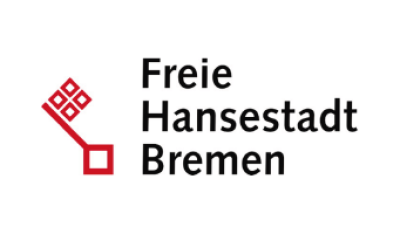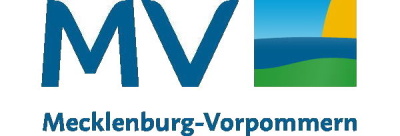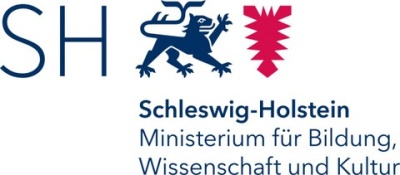CoastalFutures is developing innovative modeling tools to study future use scenarios and the impact of climate change.
The future of the coast is characterized on the one hand by the consequences of climate change, and on the other hand by a dramatic increase in the use of coastal space. As a consequence of climate change, nature-friendly coastal protection will have to be constantly expanded.
In addition, however, the need for renewable energy is increasing in order to limit climate change and reduce dependence on external fossil energy imports. In addition, the sea can also play an important role as a store for carbon taken from the atmosphere, and different approaches could also be used in German coastal waters in the future to mitigate climate change.
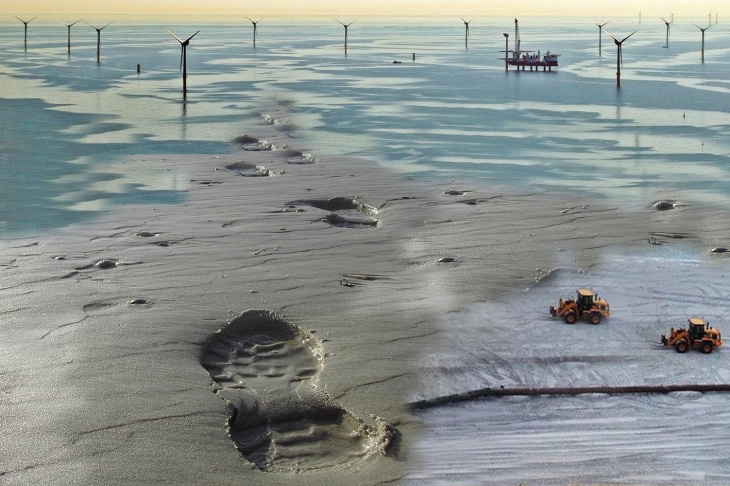
Coasts and seas need to recover from human use. Photos: S. Billerbeck, I. Frings (Hereon) u. J. Teide (Ludwig-Franzius-Institut); Composition: S. Hartmann (Hereon)
Together with stakeholders from industry, administration and society, CoastalFutures designs and simulates future use scenarios in the North Sea and Baltic Sea, including coastal areas and estuaries. It examines the effectiveness of current protection measures and develops new management options together with stakeholders from administration, industry and the public. The project focuses on climate impacts and use pressures from:
(i) Offshore renewable energy generation,
(ii) fisheries,
(iii) nature-based coastal protection, and
(iv) eutrophication of the land.
In collaboration with the CDRmare mission, it is also developing modeling tools with which to study the impact of marine carbon storage.
CoastalFutures takes a modern three-pronged transdisciplinary approach. Together with stakeholders, a co-design approach is used to identify a common understanding of systems and management-relevant climate scenarios. Together, sectoral and cross-sectoral scenario narratives are developed and simulated using the E2E model system (co-production). Stakeholders are engaged in a dialogue about model-based scenario assessments, regulatory and policy risks, and new institutional and regulatory requirements and opportunities (co-evaluation).
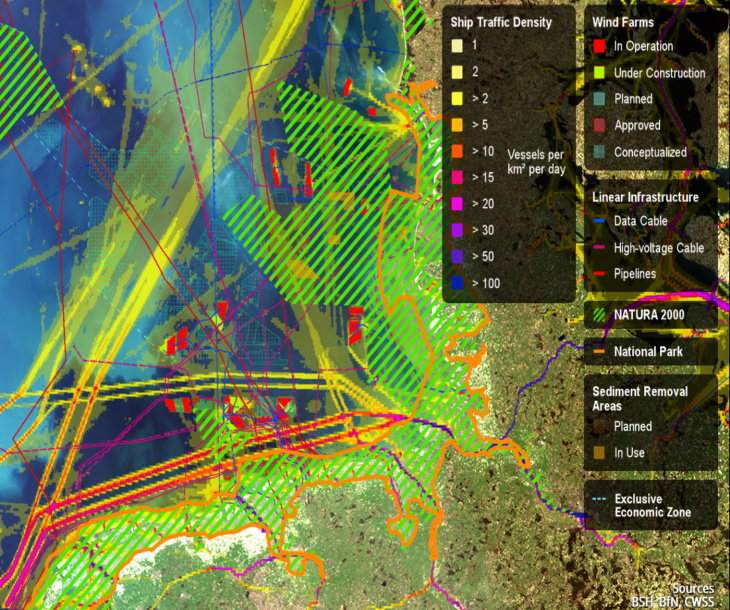
Map of utilisation © Hereon
The beautiful natural area of the coast is used in a variety of ways.
In order to assess the impacts of climate change and the use of coastal and marine spaces and their resources on ecosystems, CoastalFutures is developing a novel, coupled, spatially explicit and cross-scale modeling framework that will allow physical, chemical, and biological impacts on ecosystems, while simultaneously accounting for long-distance effects and connectivity.
The project links national institutional developments and expertise and integrates them into a centralized virtual environment that can be used to study and evaluate management and spatial planning scenarios.
Together with representatives of maritime management and stakeholders from business and industry, conflicts of interest are identified, possible protection concepts are developed, the effectiveness of management options in climate change and their economic impacts are evaluated.

CoastalFutures Partners
The CoastalFutures consortium unites partners from six different universities and three non-university research institutes. Furthermore, the Thünen Institutes (departmental research, assigned to the BMEL) and the relevant departments of several higher federal authorities in the field of transport and environment, including BSH, BAW, BfN and DWD, are involved in CoastalFutures. The project is funded by the BMBF with 5.5 million Euros.
Project coordinator: Prof. Corinna Schrum, Helmholtz-Center Hereon


